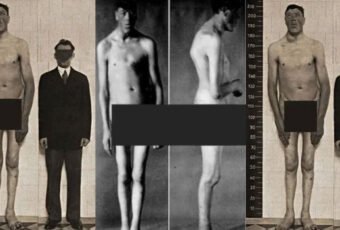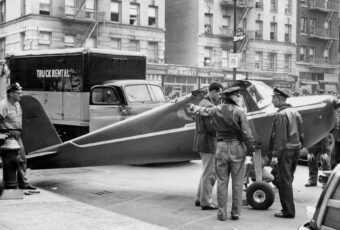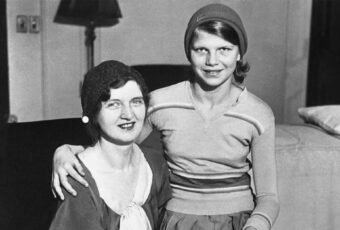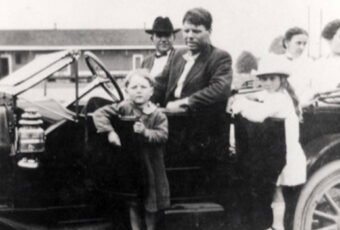While Thomas Edison is often credited with inventing the light bulb, there were other inventors who contributed to its development, and some dispute the extent of Edison’s originality and the validity of his patents. This controversy underscores the complexity of innovation and the role of collaboration, competition, and intellectual property in the history of technology.
In this article, we will explore the early history of lighting and the quest for the electric bulb, the role of Thomas Edison in the development of the light bulb and his impact on electrical engineering and innovation, the contributions of other inventors and their relationship with Edison, and the final verdict on who can be credited with inventing the light bulb
The early history of lightning
For centuries, humans have relied on various sources of light to illuminate their homes, streets, and workplaces, such as candles, oil lamps, gas lamps, and arc lamps. While these sources were effective to some extent, they had limitations in terms of cost, safety, brightness, and durability.
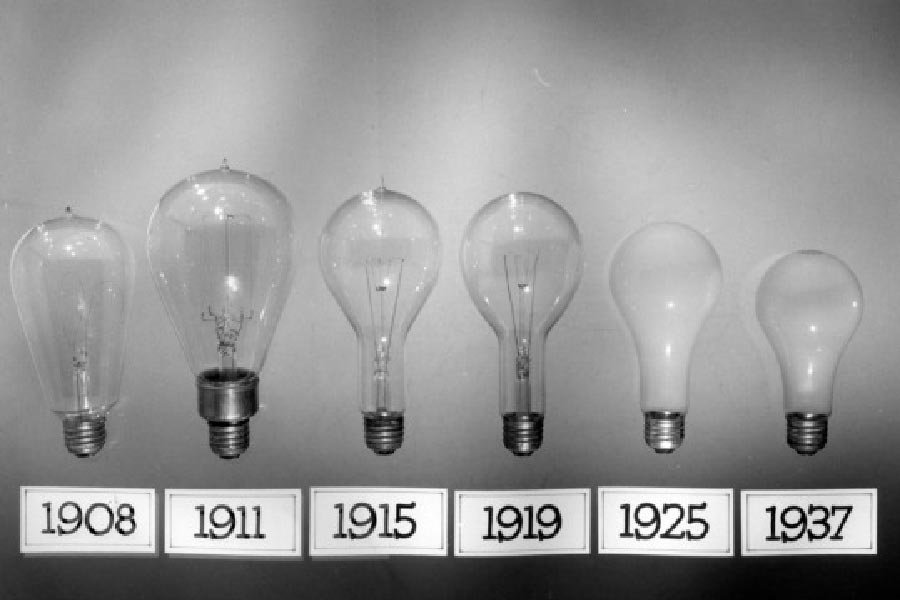
The invention of the electric generator and the discovery of the incandescent effect by Joseph Swan and other researchers in the 19th century paved the way for the development of electric lighting. However, it took many years of experimentation and innovation to produce a light bulb that was efficient, long-lasting, and commercially viable.
Some of the early pioneers of electric lighting include Hiram Maxim, Warren de la Rue, and Frederick de Moleyns, who built incandescent lamps based on carbon filaments, but their designs were impractical or unreliable for mass production. Other inventors, such as Heinrich Göbel, William Sawyer, and Albon Man, also claimed to have created functional light bulbs, but their contributions were later challenged by Edison and others. The race to invent the light bulb was on, and Edison was about to take the lead.
Sir Joseph Swan and the Light Bulb
The first electric light bulb was invented by Sir Joseph Swan: While Thomas Edison is often credited with inventing the light bulb, it’s worth noting that Sir Joseph Swan, an English physicist, chemist, and inventor, also developed a practical incandescent lamp around the same time as Edison, in the late 1870s. Swan used a carbon filament enclosed in a vacuum the glass bulb, similar to Edison’s design, and obtained a patent for his invention in 1878. He also founded the Swan Electric Light Company to commercialize his product, which was used for public lighting in the UK and other countries.
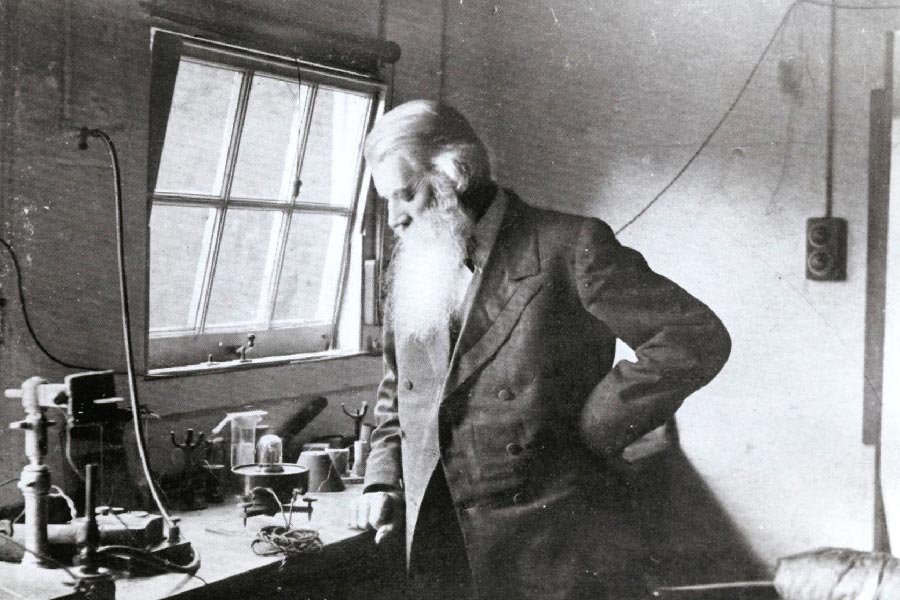
However, Swan faced financial and legal challenges from Edison and other competitors, who accused him of patent infringement and stole his ideas. Despite these setbacks, Swan continued to work on various inventions, such as photographic processes and electric batteries and was recognized for his contributions to science and technology, including a knighthood in 1904.
Thomas Edison
Thomas Edison is perhaps the most famous inventor associated with the light bulb, and for good reason. Edison was not the first person to attempt to create an electric light bulb, but he was the first to develop a commercially practical one. Edison and his team experimented with thousands of materials and designs for the filament, the vacuum pump, and the electricity source, until they found a combination that produced a bright, steady light that could last for hours. Edison’s breakthrough came in 1879 when he used a carbonized bamboo filament in a vacuum glass bulb, which reduced the rate of filament evaporation and prevented oxidation. This design, known as the Edison Effect, became the basis for most incandescent bulbs used for decades.

Edison’s approach to inventing was based on trial and error, and he famously said that he had not failed in his efforts to create the working light bulb but had instead found 10,000 ways that wouldn’t work. His work on the light bulb was not only innovative but also strategic. Edison filed more than 1,000 patents related to the light bulb, the power distribution system, and other related technologies, which allowed him to control the market and stifle his competitors. Edison also founded the Edison Electric Light Company, which was the first investor-owned electric utility in the world, and worked closely with other industrialists, financiers, and politicians to promote his vision of a nationwide electrical grid.
Edison’s particular contribution to the development of the light bulb was in his discovery of a long-lasting filament material that could be used to keep the bulb lit for extended periods of time. Previous inventors had experimented with carbon filaments, but Edison discovered that a carbonized bamboo filament could last for up to 1,200 hours, making electric lighting a practical and affordable option for the first time. It’s important to remember that Edison was just one of many inventors who contributed to the development of the light bulb, and his success was built on the work of those who came before him. While some criticized Edison for his monopolistic practices and his lack of appreciation for the contributions of others, such as Swan, Tesla, and Maxim, others praised him for his entrepreneurial spirit, his persistence, and his ability to turn inventions into viable businesses.
Who Else Deserves Credit for the Light Bulb?
While Edison and Swan are the most well-known inventors associated with the light bulb, there were several others who played a significant role in its evolution. Some of these inventors include Nikola Tesla, who worked for Edison and made improvements to his designs, but later had a falling-out with him over financial and scientific issues; Hiram Maxim, who developed a carbon filament with a high melting point that could last longer than previous filaments; Lewis Latimer, who was a draftsman and patent expert for Edison, but also made important contributions to the design of the carbon filament and the production of the bulbs; and William Sawyer and Albon Man, who claimed to have invented an incandescent lamp before Edison, but their patent was invalidated in court. Each of these inventors brought their own skills, insights, and challenges to the race to invent the light bulb, and their contributions cannot be overlooked.
Comparison of their work with Edison’s: While Edison is often celebrated as the “Wizard of Menlo Park” and the greatest inventor of his time, some critics have questioned his role in the light bulb’s invention and the fairness of his business practices. For example, Edison’s first successful light bulb used a bamboo filament, which was less durable and more expensive than other materials, but he marketed it aggressively and bought up patents and companies to control the market. Some also argue that Edison’s innovation was more incremental than revolutionary and that he relied on the work of others, such as Swan and Latimer, to improve his own designs.
However, others defend Edison as a visionary and a master of innovation, who not only created the light bulb, but also the electrical power system, the phonograph, and the motion picture camera, among other inventions. Regardless of one’s perspective on Edison’s legacy, it’s clear that the light bulb was a collective achievement, and that its invention required the collaboration and competition of many inventors, not just one.
No single inventor can be credited with inventing the light bulb
While there is no single inventor who can be credited with inventing the light bulb, it is clear that the light bulb was a collective achievement that required the collaboration and competition of many inventors over several decades. Each inventor brought their own skills, insights, and challenges to the race to invent the light bulb, and each deserves recognition for their contributions.
The story of the light bulb is just one example of the importance of innovation in the field of electrical engineering. Innovation has the power to transform society, to create new products and services, and to solve complex problems. As the world faces new challenges, such as climate change, energy scarcity, and digital disruption, the need for innovative solutions is greater than ever. By learning from the inventors of the past and supporting the innovators of the present and future, we can continue to advance the field of electrical engineering and improve the quality of life for all people.
Read more from the website:

